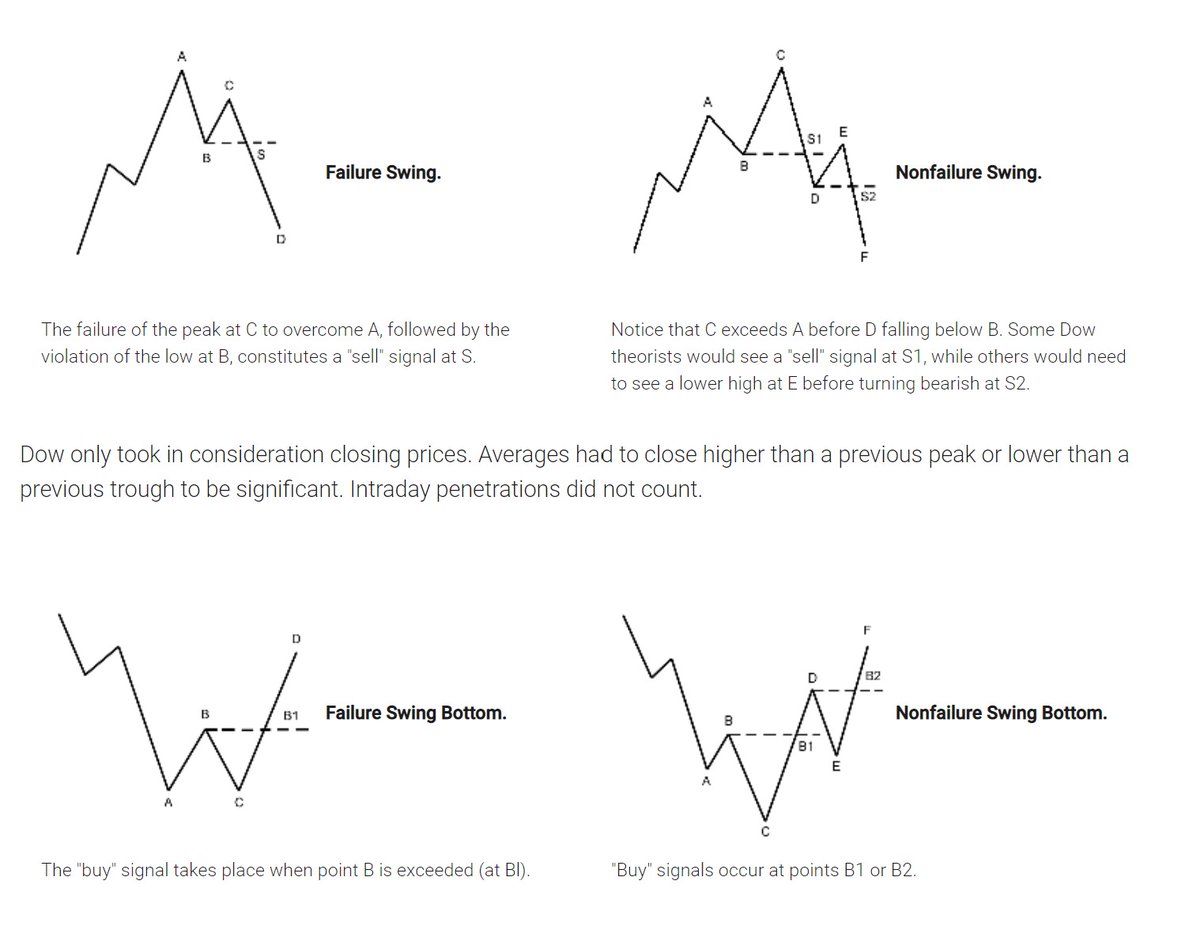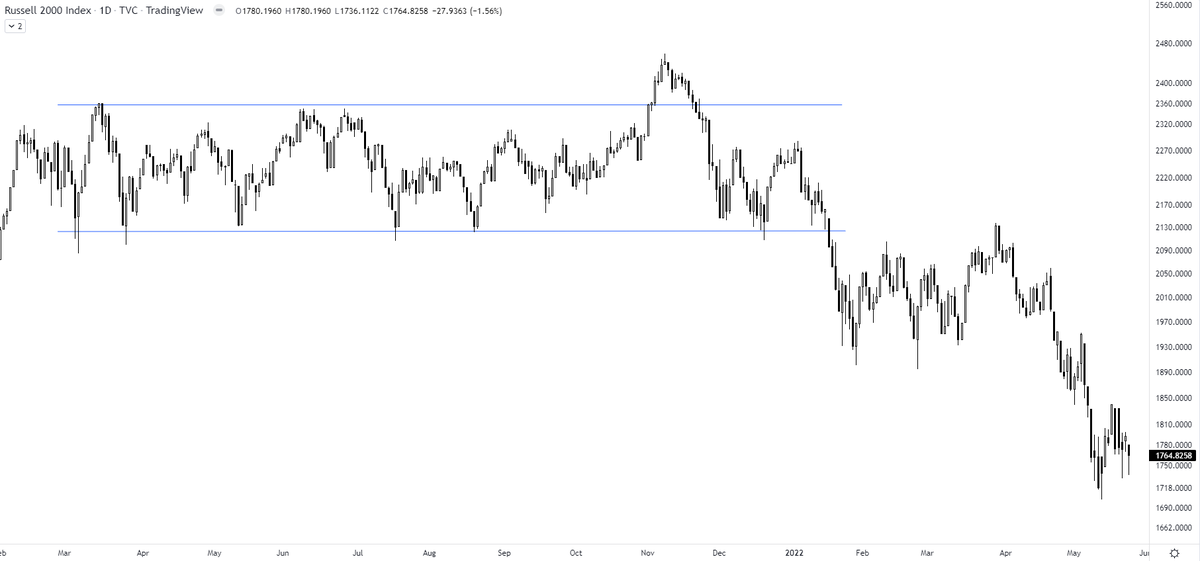1) When price is pulling back to the point of breakout - take trade at the breakout point.
If it closes inside the pre-breakout zone, get out.
2) When price pulls back, then breaks out of breakout candle high.
Let's say you see a cricketer hit four 6's in a row.
— Shravan Venkataraman \U0001f525\U0001f680\U0001f4b0 (@theBuoyantMan) December 30, 2020
If you have to bet on the next ball's outcome, what would you bet on?

Old is Gold....
— Professor (@DillikiBiili) January 23, 2020
this Bharti Airtel chart is a true copy of the Wyckoff Pattern propounded in 1931....... pic.twitter.com/tQ1PNebq7d

TRAPS? In a false breakout, the price breaks out of the range & comes back within the range. A trap is one step ahead, price not only comes back within the range but breaks down in the opposite direction. It traps the initial longs who didn't close their positions
— The_Chartist \U0001f4c8 (@charts_zone) January 22, 2022
Russell 2000 pic.twitter.com/txzjdnStzc

